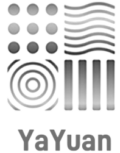RainWater collection System
Schematic diagram of spongecity rainwater collection system
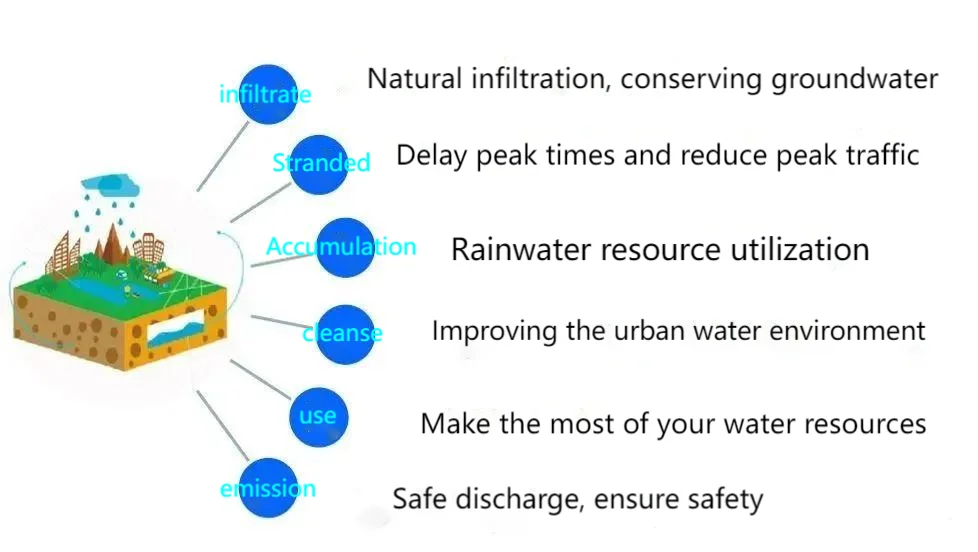

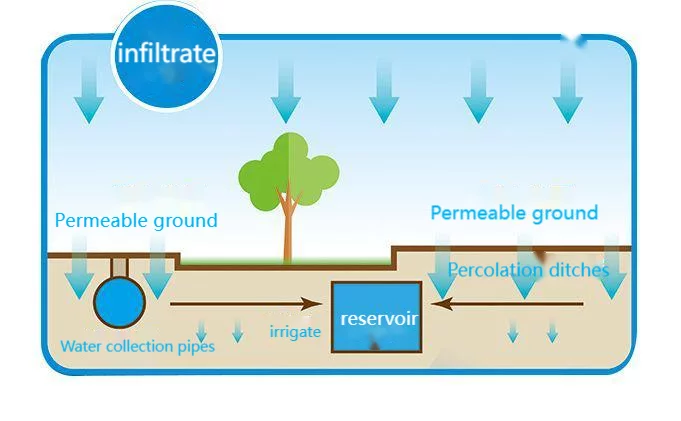

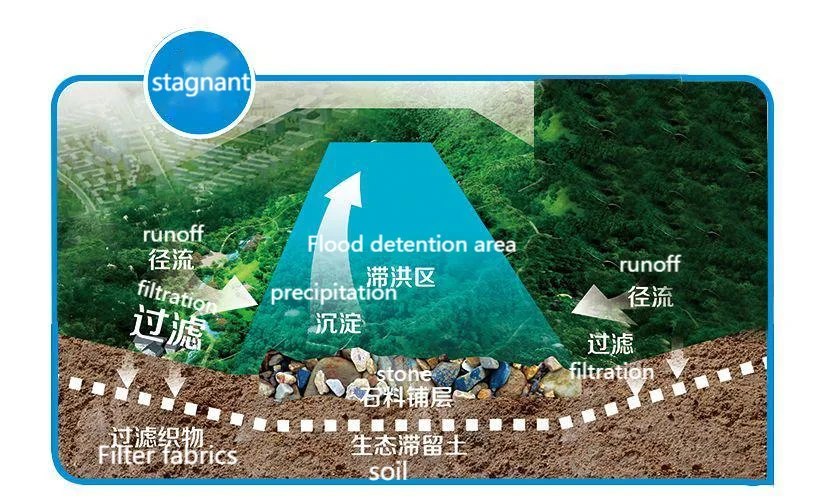

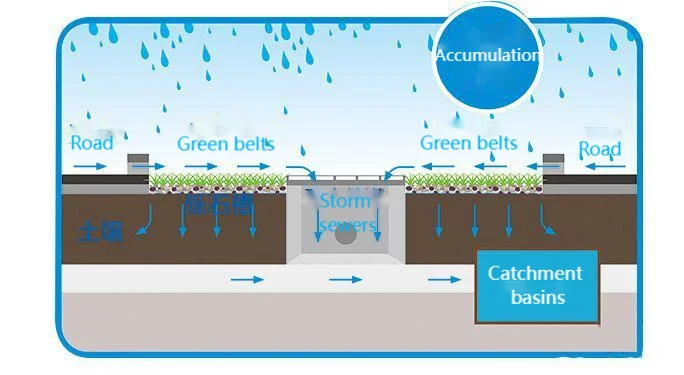

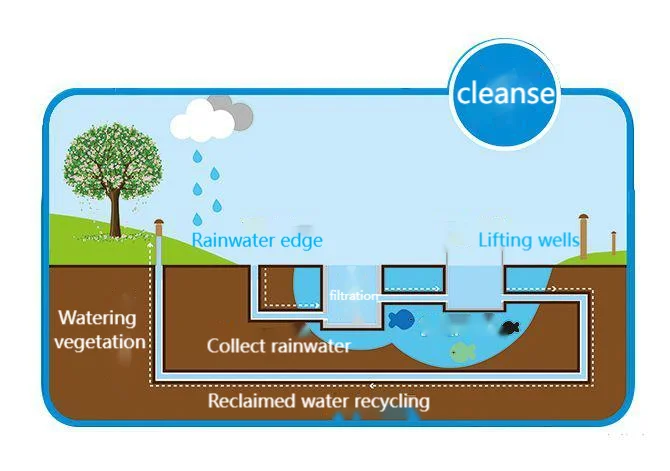

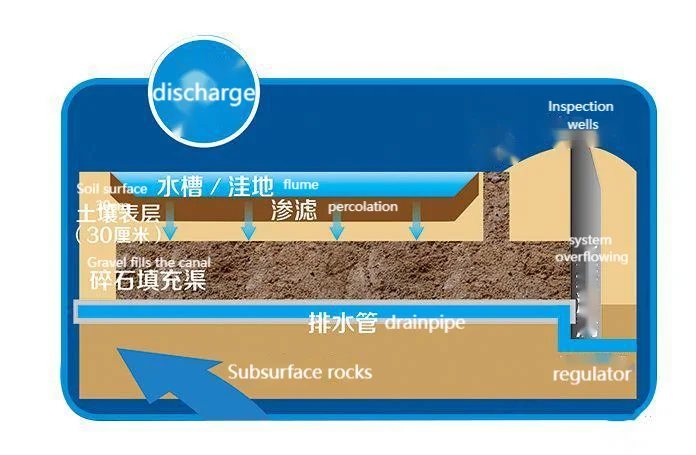

With the dense growth of urban population and the development of industry, water shortage has seriously constrained the development of cities. The recycling and utilization of rainwater has attracted more and more attention from countries
Attention should be paid to the fact that developed urbanization countries such as the United States, the United Kingdom, Germany, and Japan have taken the lead in the field of urban rainwater collection and utilization, incorporating rainwater recycling into the strategic layout of urban development and planning
In the bureau, rainwater will be an important measure to solve the urban water source problem. At the 4th Manila International Rainwater Utilization Conference in 1989, the International Rainwater Utilization Association
IRCSA was born from its application. Since its establishment, the association has continuously promoted international exchanges and cooperation, and more and more countries have joined the ranks of rainwater recycling and utilization actions.
Sponge City Construction, Six Keywords
Stormwater harvesting and use schematics
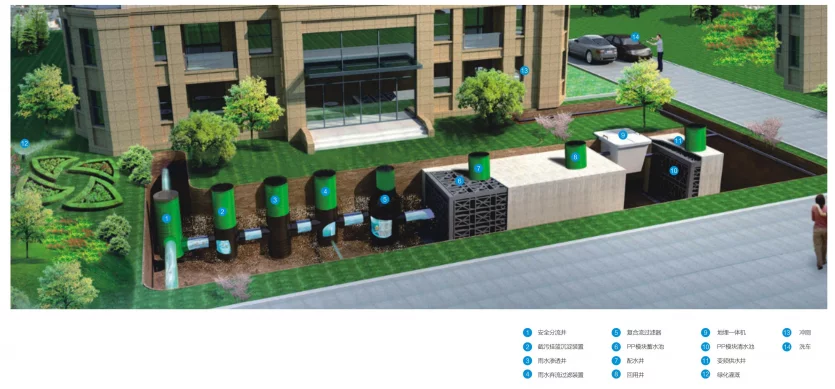
Several usage scenarios of spongecity stormwater harvesting
andutilization system
Greenbelt And Plaza
Fully utilize the natural height difference and create a graded and gradual discharge system in the vertical design, forming a multi-level storage tank with a stepped structure from top to bottom to conserve groundwater sources. Through the connection of water level overflow, a waterfall like waterfall landscape can be formed during the flood season, and during the dry season, they become integrated. The lake scenery and mountain scenery complement each other, restoring the natural circulation of water bodies; By rotating and twisting the water channels, the oxygen content of the water is increased, creating a hydrophilic space and creating a landscape of flowing water. This increases the evaporation area and improves the regional ecological environment
Lake Square
Fully utilize the natural undulating “micro terrain” of squares and green spaces, and comprehensively adopt measures of “infiltration, stagnation, storage, purification, utilization, and drainage”. By utilizing natural accumulation, infiltration, and purification, the collection and utilization of rainwater resources, control of initial rainfall pollution, landscape construction, and park construction are organically integrated
Architecture and commuinty
The rainwater runoff from the underlying surface of the building area enters the green belt and is discharged through various green areas. By utilizing roof greening, ground green space systems, ground infiltration paving, and fully utilizing the purification effect of vegetation and rainwater circulation facilities, the recycling of rainwater resources is achieved.
The design of roof greening in the construction area is based on the concept of low impact development, integrating it with the original green vegetation to continue the landscape. At the same time, a siphon rainwater recycling system is built by utilizing the roof surface. In order to better maximize the accumulation, infiltration, and purification of rainwater in a certain area, the three main parts of the hard paved square, the green area around the road, and the confluence area have been upgraded and transformed to achieve the goal of “infiltration, retention, storage, purification, and utilization” of rainwater, realizing the comprehensive benefits of rainwater collection, purification, and utilization
